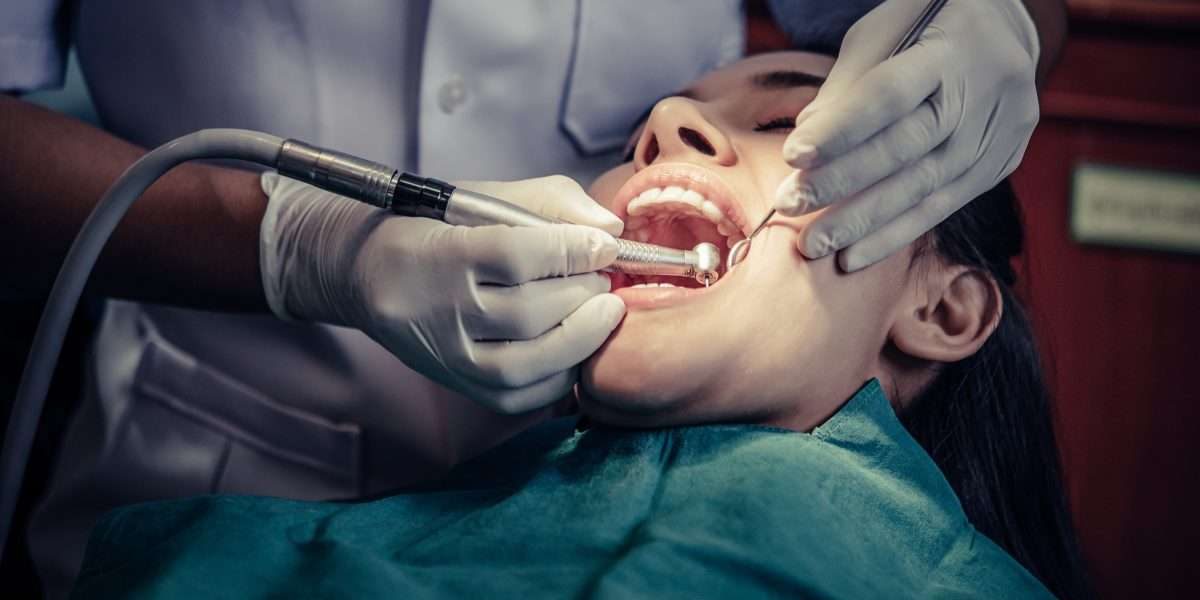Dental prosthetics play a pivotal role in restoring oral health, function, and aesthetics for individuals who have experienced tooth loss or damage. This field has witnessed remarkable advancements over the years, transforming the way dental professionals address various dental issues. From traditional dentures to state-of-the-art dental implants, the evolution of dental prosthetics has significantly improved the quality of life for countless individuals.
I. Historical Overview:
To appreciate the significance of contemporary dental prosthetics, it is essential to explore their historical roots. The earliest known dental prosthetics date back to ancient civilizations, where materials like animal teeth and shells were used to replace missing teeth. As time progressed, civilizations like the Egyptians and Romans experimented with more sophisticated materials, such as ivory and bone.
The industrial revolution marked a turning point for dental prosthetics, with the introduction of porcelain dentures in the 18th century. These dentures not only offered a more natural appearance but also enhanced durability. However, they were not without challenges, as they lacked the comfort and stability that modern dental prosthetics provide.
II. Types of Dental Prosthetics:
- Dentures: Dentures have been a staple in dental prosthetics for centuries. They are removable replacements for missing teeth and surrounding tissues. While traditional dentures are still widely used, advancements in materials and techniques have led to the development of more comfortable and natural-looking options.
- Bridges: Dental bridges are fixed prosthetic devices used to replace one or more missing teeth. They are anchored to the adjacent natural teeth or dental implants, providing stability and functionality. Bridges not only restore aesthetics but also prevent the shifting of remaining teeth, maintaining proper dental alignment.
- Dental Implants: Perhaps the most revolutionary advancement in dental prosthetics is the development of dental implants. These are artificial tooth roots surgically implanted into the jawbone, providing a strong foundation for replacement teeth. Dental implants offer a level of stability and functionality that is unparalleled, mimicking the natural tooth structure.
III. Advancements in Materials and Technology:
- Digital Dentistry: The integration of digital technology has transformed the field of dental prosthetics. Digital impressions, CAD/CAM (Computer-Aided Design/Computer-Aided Manufacturing), and 3D printing have revolutionized the design and production of dental prosthetics. These technologies enhance precision, reduce treatment time, and improve overall patient experience.
- Biocompatible Materials: Modern dental prosthetics utilize biocompatible materials that closely mimic the properties of natural teeth. Materials like zirconia and porcelain not only provide durability but also offer a natural appearance. This focus on biocompatibility ensures that prosthetic devices integrate seamlessly with the oral environment, minimizing the risk of adverse reactions.
IV. Importance of Dental Prosthetics:
- Functional Restoration: Dental prosthetics are essential for restoring oral function. Missing teeth can impair chewing and speaking, leading to nutritional deficiencies and a decrease in overall quality of life. Prosthetic solutions like dental implants provide a stable and functional replacement for natural teeth, allowing individuals to eat, speak, and smile with confidence.
- Aesthetic Enhancement: Beyond functionality, dental prosthetics contribute significantly to aesthetic enhancement. The appearance of one’s smile plays a crucial role in self-esteem and social interactions. Modern prosthetic solutions focus not only on functionality but also on replicating the natural look of teeth, ensuring that individuals can smile confidently without fear of judgment.
- Prevention of Oral Health Issues: Dental prosthetics play a preventive role by maintaining proper dental alignment and preventing the shifting of remaining teeth. This helps avoid issues such as misalignment, bite problems, and temporomandibular joint disorders, which can arise when missing teeth are not replaced.

V. Challenges and Considerations:
- Cost Considerations: While the benefits of dental prosthetics are undeniable, cost considerations can be a significant barrier for some individuals. Dental implants, in particular, can be relatively expensive. It is essential for dental professionals to work with patients to explore affordable options and discuss potential financing or insurance coverage.
- Maintenance and Longevity: Dental prosthetics, like natural teeth, require proper maintenance to ensure longevity. Regular oral hygiene practices, including brushing, flossing, and professional cleanings, are crucial to prevent complications such as gum disease or prosthetic damage. Patients must be educated on proper care to maximize the lifespan of their dental prosthetics.
VI. The Future of Dental Prosthetics:
The future of dental prosthetics holds promise for even more groundbreaking developments. Ongoing research in regenerative dentistry aims to explore methods for growing natural teeth, potentially eliminating the need for artificial replacements. Additionally, advancements in materials science and technology are likely to further improve the durability, aesthetics, and affordability of dental prosthetics.
Conclusion:
Dental prosthetics have come a long way from their humble beginnings, evolving into a sophisticated field that combines artistry, science, and technology. These prosthetic solutions not only restore oral function but also enhance the aesthetic aspect of a person’s smile. As technology continues to advance, the future of dental prosthetics looks bright, promising even more effective and accessible solutions for individuals seeking to regain their confident smiles and optimal oral health.


No responses yet